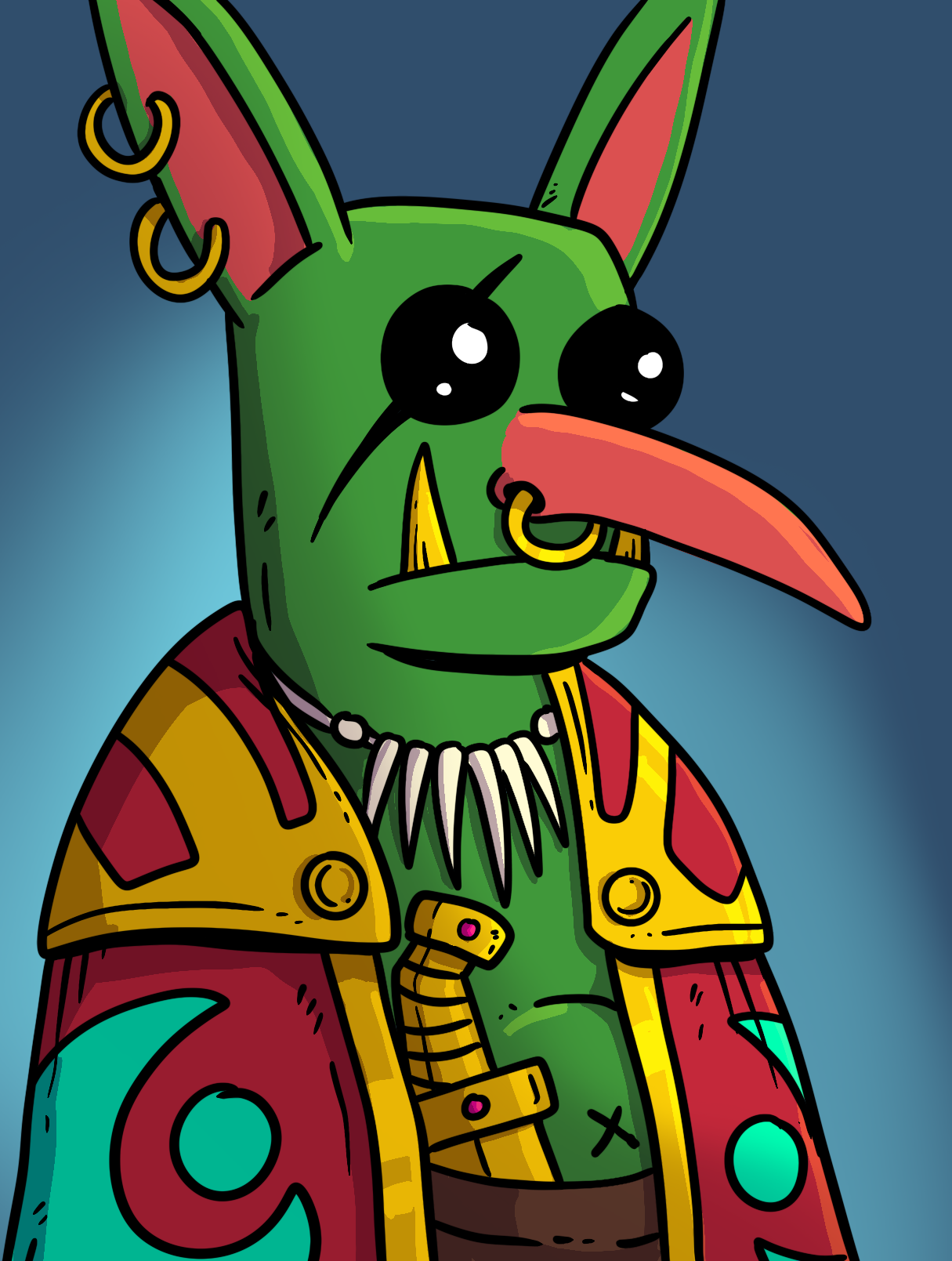Goblin Chieftain

It is said that all you need to lead a goblin is a strong leash. In
truth, it takes a subtle mind and a noble heart to be a goblin
chieftain. Goblins leave much of their life to chance, a strategy
that guarantees their short and pointless lifespans. Only the wisest
and strongest leader can inspire them and turn them from their
anarchic tendencies.
In goblin lore, chieftains are central figures within goblin
society, representing both the ruthless nature of their kind and the
chaotic, often brutal leadership structure of their tribes. Here’s
an overview of what goblin chieftains are typically like in fantasy
lore